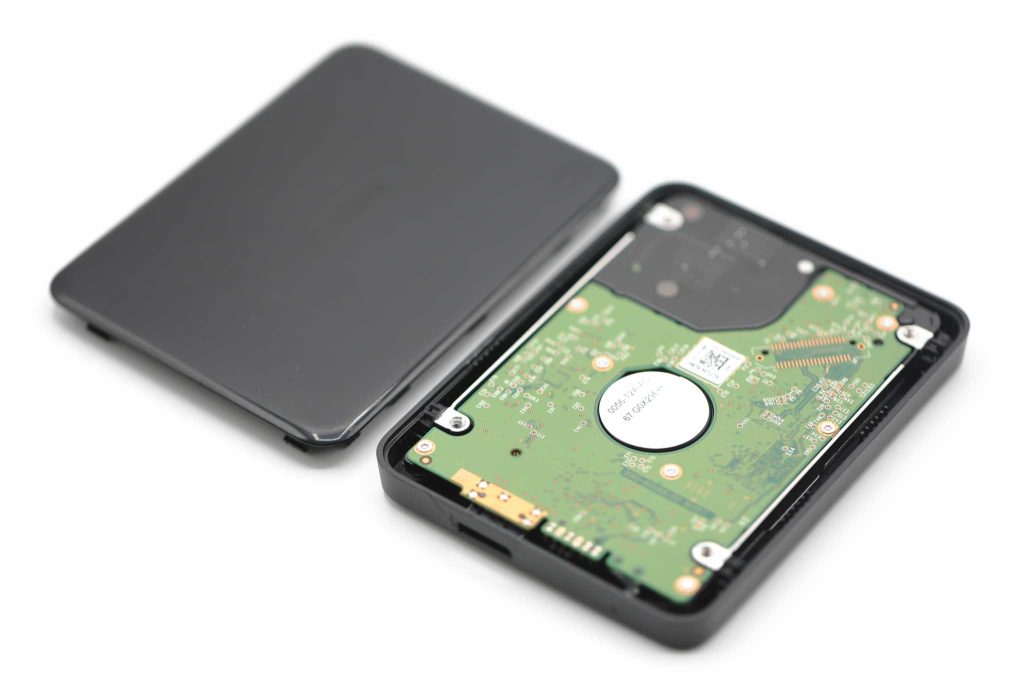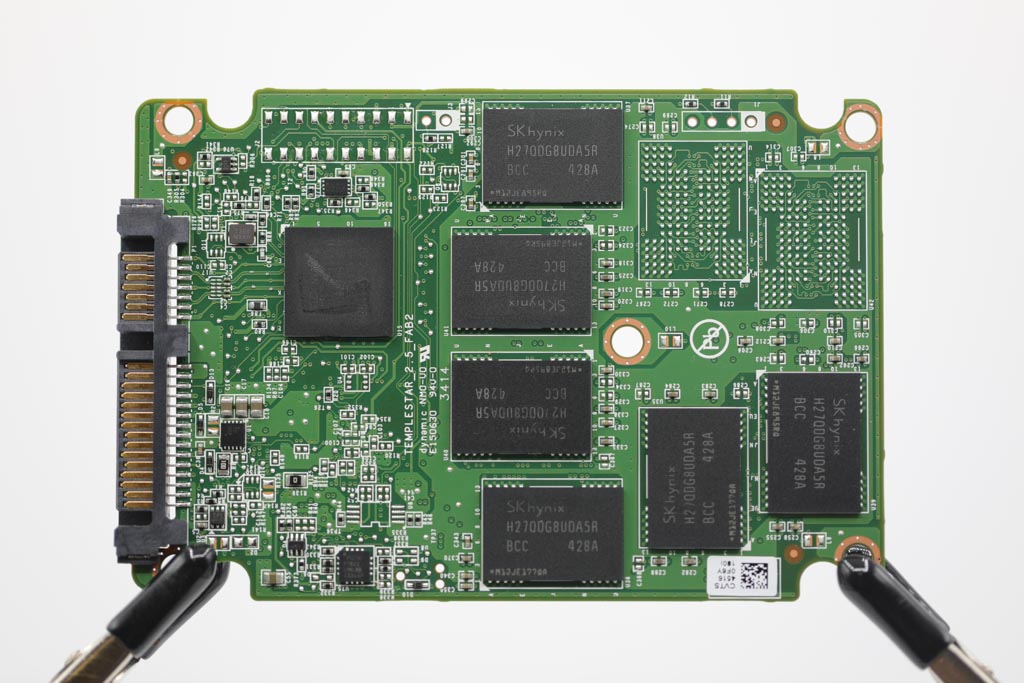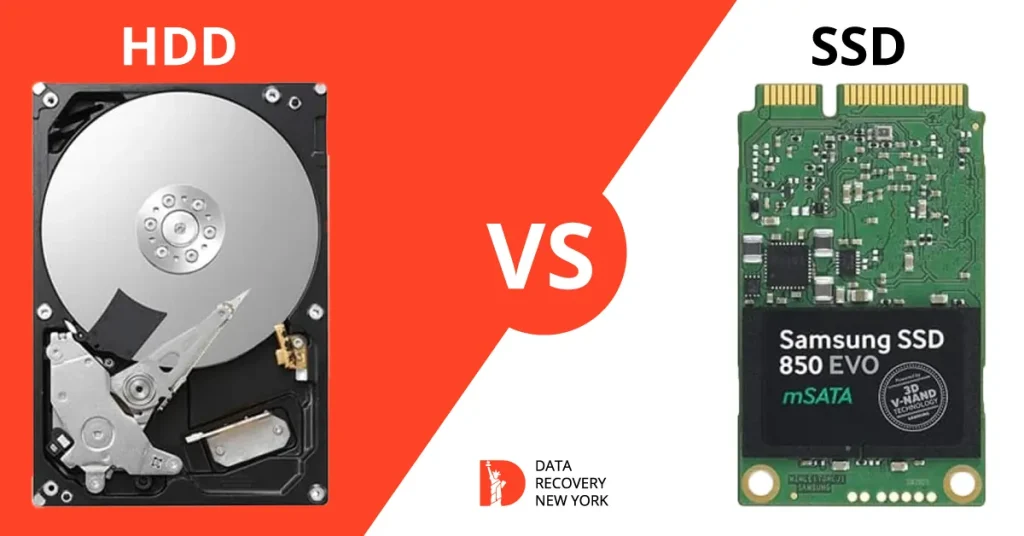HDD vs SSD – Deciding between Hard Disk Drives and Solid-State Drives is a crucial choice for individuals and businesses. At Data Recovery New York, we understand the importance of this decision as we see a changing world.
As we delve into the heart of this technological showdown, we’ll explore the key differences between HDDs and SSDs. Whether you’re a tech enthusiast or a business professional seeking the best storage solution, join us in exploring the pros and cons of shaping the modern data storage landscape. Welcome to the HDD vs SSD face-off—let the storage showdown begin!
What is a Hard Disk Drive?
Basically, the Hard Disk Drive has been a fundamental data storage device in the computing world for decades. This traditional, non-volatile magnetic storage device utilizes rotating disks, known as platters, to store digital information efficiently. The magnetic heads on the moving actuator arm perform the reading and writing of data.
Key Components of HDD
Platters: The core of an HDD consists of circular, flat disks known as platters, typically made of aluminum or glass. A thin layer of magnetic material coats these platters, storing data as binary code.
Read/Write Heads: These minuscule components, mounted on the actuator arm, play a vital role in data manipulation. The read/write heads interact with the magnetic field on the platters, enabling the retrieval and storage of information. They deftly read and write data, ensuring seamless data transfer and storage.

Briefly, a Hard Disk Drive is a strong data storage solution known for using spinning platters and magnetic technology. Its key components, such as the platters and actuator arm, work correctly to enable seamless data reading and writing operations.
What is a Solid-State Drive?
In the rapidly evolving world of data storage, Solid-State Drives (SSDs) have emerged as a groundbreaking alternative to traditional HDDs. Unlike their HDD counterparts, SSDs offer a host of advantages. They boast a non-mechanical design, which means no moving parts are involved in data storage. It makes them more durable and results in superior speed and energy efficiency.

Key Components of SSD
- NAND Flash Memory: The foundation of SSD technology lies in NAND flash memory, a super non-volatile storage medium that keeps data intact even when the power goes out. Instead of fiddling with mechanical components, it uses electric circuits to store binary data, boosting speed and reliability.
- Cache: SSDs often include a cache (buffer) as temporary high-speed storage. This cache accelerates data transfer rates, providing quick access to frequently used files and improving system responsiveness.
In conclusion, SSDs represent a paradigm shift in data storage technology, offering unusual speed, durability, and efficiency. Key components such as NAND flash memory, and cache together redefine the user experience.
Hard Disc Drive Benefits
With their cost-effectiveness and generous storage capacities, HDDs remain a practical option for individuals and businesses seeking reliable storage solutions. Now, let’s look at the Hard Drive benefits:
Proven Reliability and Durability
HDDs have an impressive track record of proven reliability and durability. With their strong design and well-established technology, HDDs can easily resist everyday wear and tear.
Compatibility Across Platforms
HDDs boast wide suitability across various platforms and systems. Whether using a Windows, macOS, or Linux-based system, HDDs provide seamless integration and accessibility.
In summary, the benefits of HDDs extend beyond their affordability to encompass high storage capacities, proven reliability, and broad compatibility. As technological landscapes evolve, HDDs remain dependable for those valuing cost-effectiveness and extensive storage capabilities.
Solid-State Drive Benefits
Solid-state drives (SSDs) have become quite popular, bringing a new form of speed, efficiency, and innovation. As we explore the benefits of SSDs, it’s evident that they offer more than just storage—they provide users with an amazing experience, delivering unmatched performance and reliability.
Blazing Fast Speeds
The standout feature of SSDs lies in their remarkable speed. This speed translates into quicker system boot times, faster application launches, and a more responsive overall computing experience
Enhanced Durability and Shock Resistance
With no spinning platters or delicate read/write heads, SSDs can withstand physical shocks and vibrations.
Solid-state drives (SSDs) redefine data storage standards with their lightning-fast speeds, enhanced durability, energy efficiency, and compact design. The benefits of SSDs extend far beyond storage.
2 Key Differences Between SSD and HDD
In the perpetual debate of HDD AND SSD, the choice between HDDs and Solid-State Drives SSDs hinges on crucial distinctions that shape performance, reliability, and user experience.
Hard Disc Drive
- It relies on spinning platters and mechanical read/write heads, leading to comparatively slower data access speeds.
- Utilizes magnetic storage technology with spinning disks to read and write data.
Solid-State Drive
- Employs NAND-based flash memory, eliminating moving parts and enhancing durability while delivering faster performance.
- Leverages NAND flash memory for near-instantaneous data retrieval, resulting in significantly faster read and write speeds.
The decision ultimately rests on individual preferences, performance requirements, and budget considerations in the ongoing HDD and SSD saga.
Final Round: Is SSD Better Than HDD? HDD vs SSD
SSD vs HDD – the nod goes to the Solid-State Drive in the final round of the HDD vs. SSD showdown. The speed, efficiency, and high-performance advantages SSDs offer outweigh the cost-effectiveness and storage capacity strengths of HDDs. You should bear in mind SSD lifespan issues as well. It is hard to say which is the best regarding SSDs and HDDs. Nevertheless, SSDs appear to be one step ahead in terms of performance.
Frequently Asked Questions
What sets Solid-State Drives (SSDs) apart from Hard Disk Drives (HDDs)?
SSDs excel with faster speeds, durability, and energy efficiency due to their non-mechanical design, surpassing HDD’s traditional spinning platters.
Are there specific scenarios where HDDs outshine SSDs?
HDDs shine in cost-effective mass storage like archiving and backup, offering larger capacities and budget-friendly options.
How do HDD components contribute to functionality?
Components like platters, actuator arms, read/write heads, and spindle motors work together to facilitate data reading and writing through magnetic technology.
What design advantages make SSDs stand out?
SSDs boast a compact design, enhancing flexibility for smaller, lighter, and more innovative devices, contributing to portable technology solutions.
Why favor SSDs in the final verdict?
SSDs win for superior speed, efficiency, and durability in today’s fast-paced digital age on the versus HDD vs SSD. While HDDs have their place, SSDs offer a more responsive computing experience and faster data retrieval, making them the preferred choice.

